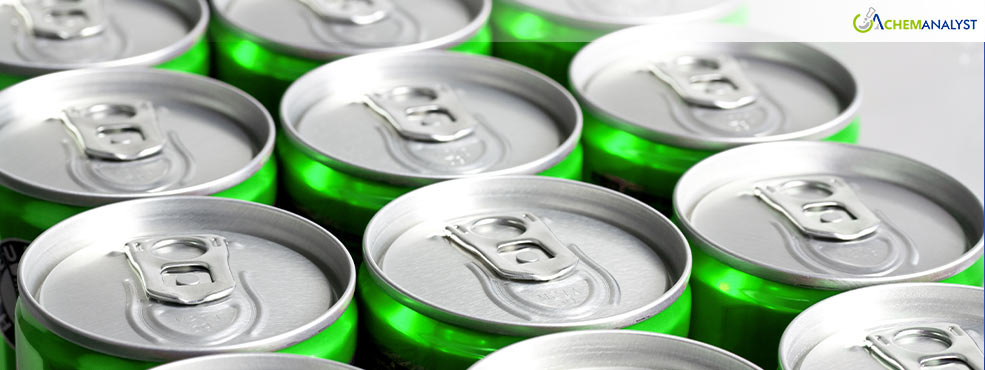Beer, Not Tariffs, Holds the Key to Boosting US Aluminium Capacity
- 13-Feb-2025 11:30 AM
- Journalist: Motoki Sasaki
Seven years ago, President Donald Trump imposed a 10% tariff on aluminium imports, hoping to rejuvenate the struggling domestic aluminium industry. However, the policy has not delivered the expected results.
Now, with a new 25% tariff set to take effect on March 4, 2025, the government is doubling down on its efforts to boost industrial self-sufficiency under the guise of national security concerns. Along with steel, aluminium imports have been subjected to these duties, but the impact on domestic production remains uncertain. Worse, these tariffs are already pushing up prices for consumers, especially in the US Midwest, without promising long-term improvements in aluminium smelting capacity.
While tariffs seem like a straightforward approach, history shows that they are unlikely to solve the deeper issues at play. A far simpler and more effective solution to reducing the US's reliance on aluminium imports lies in recycling—not in tariffs.
Unlike steel, which has a relatively balanced trade situation, the US is highly dependent on aluminium imports. Aluminium imports account for 47% of the country’s consumption, with Canada supplying over two million tons annually, according to the US Geological Survey. This dependency leaves the country vulnerable to fluctuating prices and global supply disruptions.
The market has already reacted to the potential tariffs. The CME Midwest US premium contract, which reflects the cost of aluminium delivered to the US, surged by $100 per metric ton within a week. Despite some hopes that there will be tariff exemptions, the immediate pricing effects are clear, signalling a potentially inflationary period ahead.
The true challenge for the US aluminium industry is not tariffs but the high cost of power. The number of operating aluminium smelters in the US has dropped dramatically from 20 at the start of the century to just four today. The lone new smelter reopening, New Madrid in Missouri, was shut down again in January 2024. Even with a $500 million government-backed "Green Aluminium Smelter" project in the works, the lack of affordable renewable energy remains a significant roadblock to new production capacity.
Aluminium production is energy-intensive, and with renewable energy now in high demand across various industries, finding sufficient power for new smelters is challenging. This problem, rather than tariffs, is why the domestic smelting sector has struggled to recover.
But there is a more straightforward solution: recycling. The US is the world’s largest consumer of aluminium beverage cans, with 106.7 billion sold in 2021. Yet, the recycling rate for these cans is only 43%, down from 57% in 2014. Nearly half of all cans are thrown away or improperly sorted at recycling facilities, leading to the loss of over one million tons of aluminium every year—worth approximately $1.6 billion.
Increasing recycling, particularly through deposit return schemes, would be a much faster and more energy-efficient way to reduce the US's reliance on aluminium imports. States with such programs see recycling rates of 74%, compared to just 26% in states without them. By expanding these programs, the US could significantly increase its domestic supply of aluminium, reduce waste, and improve energy efficiency—without the economic burden of tariffs.
Rather than focusing on tariffs, which only create temporary disruptions, the US has a simple, sustainable solution within reach: increase aluminium recycling. This path offers a way to secure a stable, domestic supply of aluminium while reducing waste and energy consumption.




